DNA Analysis Sheds Light on Early Christian Tombs in Viking Age Sweden
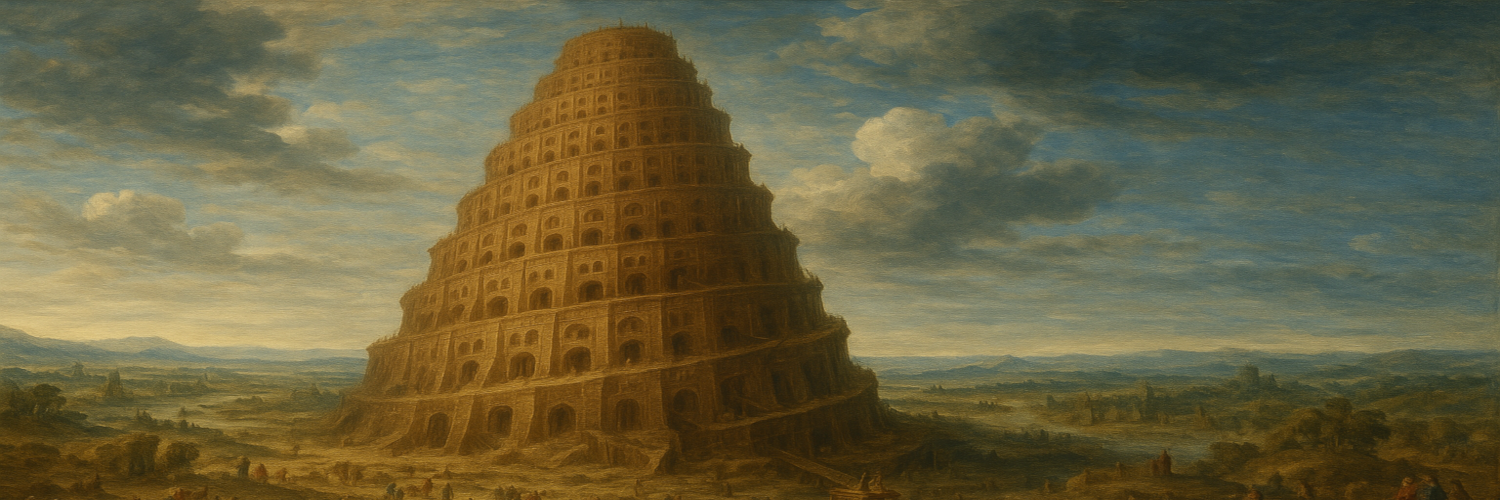
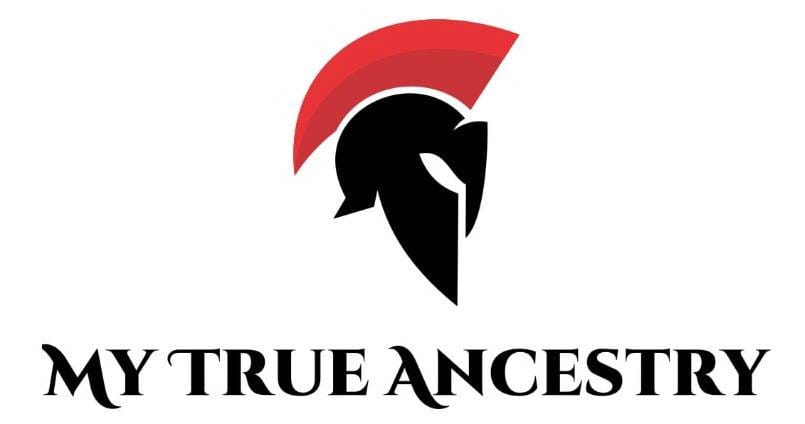

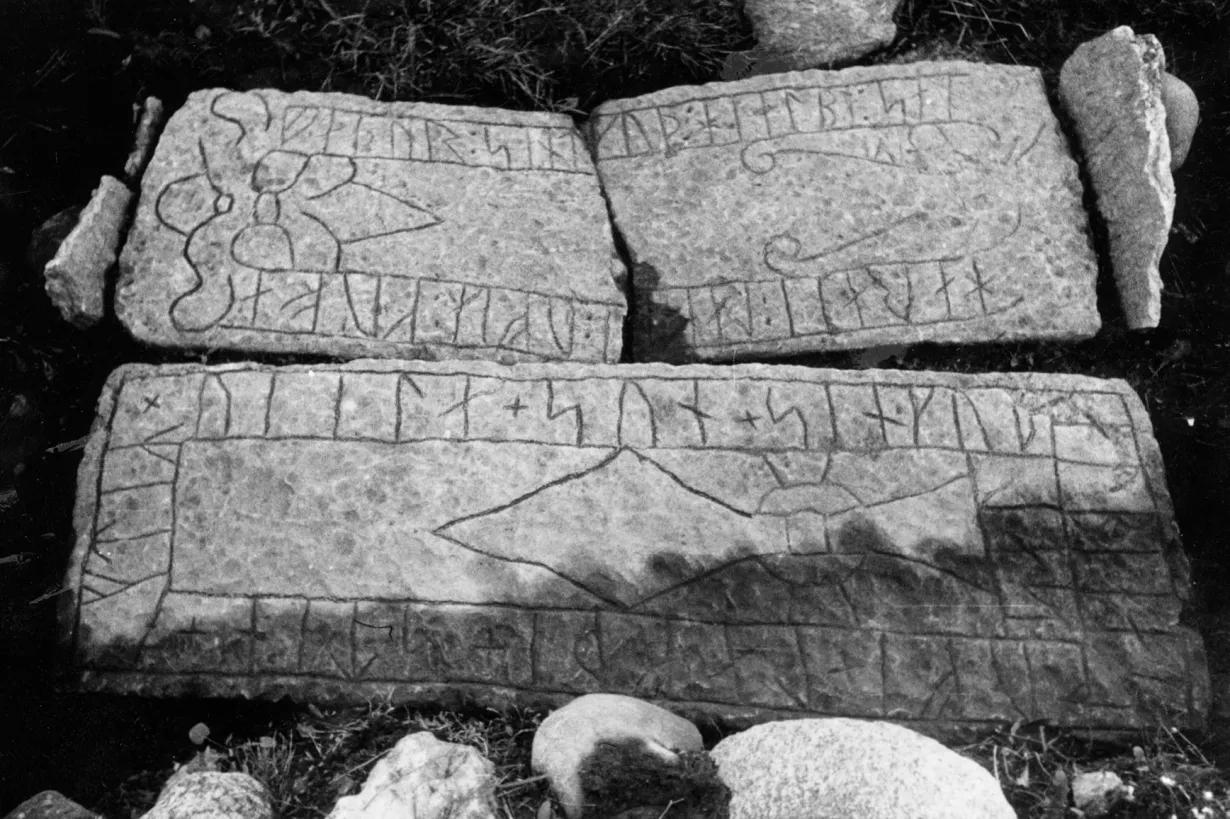
In 1939, archaeologist Berit Wallenberg embarked on a groundbreaking exploration at the former cemetery of S:t Martin in Skänninge, Sweden. Supported by Östergötlands Museum, S:ta Ingrids gille, and the National Heritage Board, her mission would uncover extraordinary secrets that would remain hidden for over eighty years. Wallenberg's meticulous excavation revealed two early Christian grave monuments and five ancient skeletons, setting the stage for one of archaeology's most fascinating stories of family, faith, and scientific discovery.
The limestone monuments unearthed by Wallenberg's team were among Sweden's oldest Christian grave markers, dating back to the early 1000s. Originally adorned with vibrant colors and intricate decorative elements, these stone testimonies bore runic inscriptions that would prove prophetic in their accuracy. One grave slab carried the heartfelt message: "Guve placed the stone for Ygle, his son, may God help his soul!" while another proclaimed: "Rane laid the stone over Guve, his father, may God help the soul!" These inscriptions transformed silent stones into storytellers of profound familial bonds, offering rare glimpses into a millennium-old Christian community in Östergötland.
What made this discovery particularly exceptional was that these monuments were found in their original undisturbed positions, marking the exact burial spots of the interred individuals. Such preservation is uncommon in Östergötland, making the site invaluable for understanding early Christian burial practices in Scandinavian society.
Under the northern grave slab, Wallenberg discovered the well-preserved skeletal remains of a young man, believed to belong to Ygle himself. The skeleton lay cradled in the long-disintegrated remnants of a wooden coffin, held together with iron nails that had survived the centuries. The southern slab, attributed to Guve by his son Rane, presented a more complex archaeological puzzle. Here, disturbed skeletal parts and unexpected burial conditions challenged straightforward interpretation.
Further excavation beneath Guve's monument revealed a chaotic arrangement of bones and additional skeletal remains, suggesting the grave had served multiple burials over time. The original interpretation identified four men and one woman among the remains, but the true relationships between these individuals would remain mysterious for decades. Wallenberg engaged renowned osteologist Maj Florell to analyze the findings, but the technology of 1939 could only provide limited insights into the complex familial narrative buried beneath the soil.
Fast forward to 2020, when revolutionary advances in DNA analysis technology offered fresh insights into these ancient mysteries. Utilizing cutting-edge genetic techniques at SciLifeLab, researchers funded by modern scientific initiatives embarked on a comprehensive reexamination of the skeletal remains that had puzzled archaeologists for over eight decades.
The DNA analysis confirmed what the runic inscriptions had declared: Ygle and Guve indeed shared a first-degree biological relationship, with Guve being Ygle's father. This genetic validation of the ancient inscriptions demonstrated remarkable historical accuracy and provided tangible proof of the familial bonds carved in stone a thousand years ago.
However, the most surprising revelation emerged when DNA analysis identified one of the skeletons as a woman who shared a maternal genetic link with Ygle. This individual, originally misidentified in earlier analyses, was revealed to be Ygle's mother rather than a sister or unrelated burial. Standing at an impressive 173 centimeters tall, she towered over her husband Guve, and genetic analysis suggested that Ygle inherited his remarkable stature from his mother's lineage.
The comprehensive DNA analysis also shed light on other individuals interred within the burial complex, revealing that two people buried in Guve's grave had no genetic ties to the core family unit. These mysterious figures remain unrelated to Ygle, Guve, or Ygle's mother, prompting fascinating questions about their identities and potential significant roles in the family's social or religious community.
Despite extensive analysis, Rane himself was not among those buried in the excavated graves, leaving his final resting place an enduring mystery. The absence of Rane's remains suggests either that his burial site lies elsewhere in the cemetery or that the inscription represents a memorial rather than marking his actual interment location.
The genetic revelations raise compelling questions about medieval burial practices and social relationships. Who were these additional individuals who shared eternal rest with the family patriarch? Were they trusted servants, religious companions, or members of an extended social network that transcended blood relationships? Their presence in such sacred family space suggests they held positions of considerable importance and respect.
This remarkable intersection of archaeology, history, and modern genetic science has unlocked narratives that lay buried beneath Swedish soil for a millennium. The combination of Wallenberg's meticulous 1939 excavation work with twenty-first-century DNA analysis demonstrates how scientific advancement can breathe new life into historical discoveries, offering unprecedented insights into ancient family structures and social relationships.
The validation of runic inscriptions through genetic evidence provides extraordinary confirmation of medieval record-keeping accuracy and emotional authenticity. The heartfelt messages carved by grieving family members have proven to be precise historical documents, connecting us intimately with the universal human experiences of love, loss, and remembrance that transcend centuries.
These findings illuminate the nascent Christian faith in Sweden during the early 1000s, revealing how new religious practices integrated with traditional familial bonds and social structures. The elaborate stone monuments, vibrant decorations, and careful burial arrangements demonstrate the significant resources and deep devotion invested in honoring the deceased during this pivotal period in Scandinavian religious history.
The story of St. Martin's cemetery exemplifies archaeology's evolving potential to reveal hidden truths about our ancestral past. Berit Wallenberg's pioneering work established the foundation for discoveries that would only become possible through technological advances she could never have imagined. Her careful documentation and preservation of artifacts enabled future scientists to unlock genetic secrets that bridge the gap between medieval inscriptions and modern understanding.
Today, these revelations offer profound connections to our shared human heritage while raising new questions that future scientific advances may eventually answer. The mysterious unrelated individuals, the absent Rane, and the complex burial arrangements continue to challenge our understanding of medieval social relationships and burial customs in early Christian Sweden.
This blend of ancient archaeology and cutting-edge genetics has created a compelling narrative that echoes through time, telling the story of families who shaped their era while demonstrating how modern science continues to illuminate the shadows of history, revealing the deeply personal stories of individuals whose names and relationships were carved in stone a thousand years ago.
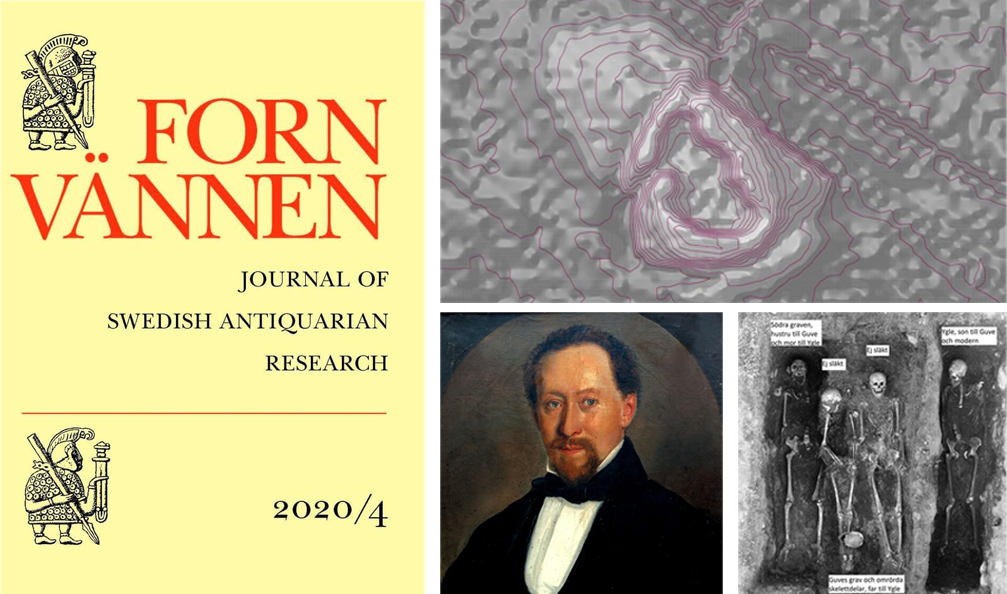
Comments